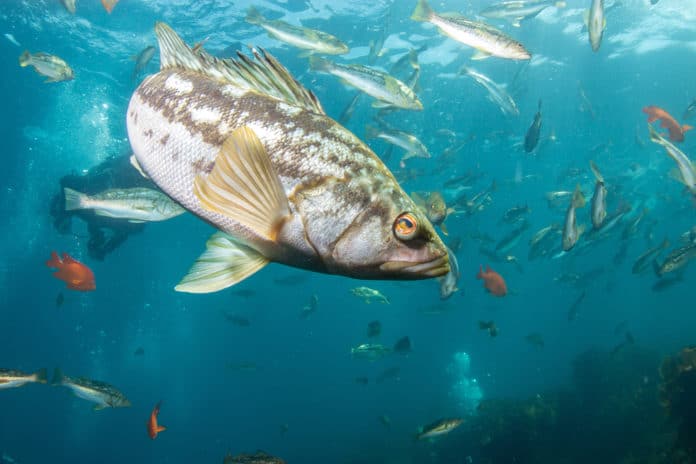The Pacific Ocean is the largest and deepest of Earth’s oceanic divisions, covering almost one-third of the Earth’s surface. One very important ecosystem on Earth is the Pacific Ocean ecosystem. Because it’s so gigantic, many living things are part of the community in the Pacific Ocean ecosystem.
Recently, scientists have created a genetic library for mega-ecosystem in the Pacific Ocean. The new library will enable scientists, conservationists, fisheries, and wildlife managers to understand what is happening to species and ecosystems much faster than existing methods. It can also be used to distinguish hotspots where certain species should be better protected. It may help specialists better police the fishing industries for getting species that are unlawful to harvest.
The California Current extends nearly 2,000 miles from Canada’s Vancouver Island to the middle of the Baja Peninsula in Mexico. It brings cold water from the North Pacific Ocean to the west coast of North America and is home to numerous and abundant species because of the upwelling of deep nutrient-rich waters. The current supports a large marine ecosystem that is home to species ranging from orcas to abalone.
This genetic library for mega-ecosystem is created by UCLA ecologist Paul Barber and colleagues from UCLA and three other institutions. They made the library of DNA barcodes that identify 605 species in the California Current. 275 of them had not been previously cataloged.
The database covers about 70% of all animals that live there, including 99.9% of monitored species important to conservation and fisheries.
These newly generated bar codes are not in the form of black and white stripes; instead, they are sequences of letters (A, T, C, and G) that spell out the special order of amino acids (adenosine, thymine, cytosine, and guanine) that identify each species’ DNA.
Barber said, “The resource is based on the use of environmental DNA or eDNA. Environmental DNA is the genetic material that organisms shed into their environment. Using emerging and fast-improving methods, researchers can collect a sample of ocean water and determine what species are around by the DNA they leave behind. To do so, they need to be able to match that DNA to already-identified samples.”
“It’s like a crime scene where there is lots of forensic evidence, like blood or hair. It isn’t useful unless you have a potential match in a database.”
Zack Gold, a former UCLA doctoral student who is now a researcher at the University of Washington and the National Oceanic and Atmospheric Administration, said, “With eDNA and a robust genetic library, researchers can identify species with scoops of water that can be analyzed in a couple of weeks. Plus, the technique keeps divers out of harm’s way.”
“In the field, visibility can be poor and conditions too dangerous to scuba dive—it’s even tougher for the deep sea where you can’t even send divers. But you can always take a water sample off the side of the boat. With DNA, we can survey places we couldn’t previously survey in any meaningful way.”
Another benefit of this genetic library is that it can determine how many eggs are being produced by essential species of fish so a healthy population can be maintained.
Journal Reference:
- Zachary Gold et al., Improving metabarcoding taxonomic assignment: A case study of fishes in a large marine ecosystem, Molecular Ecology Resources (2021). DOI: 10.1111/1755-0998.13450
